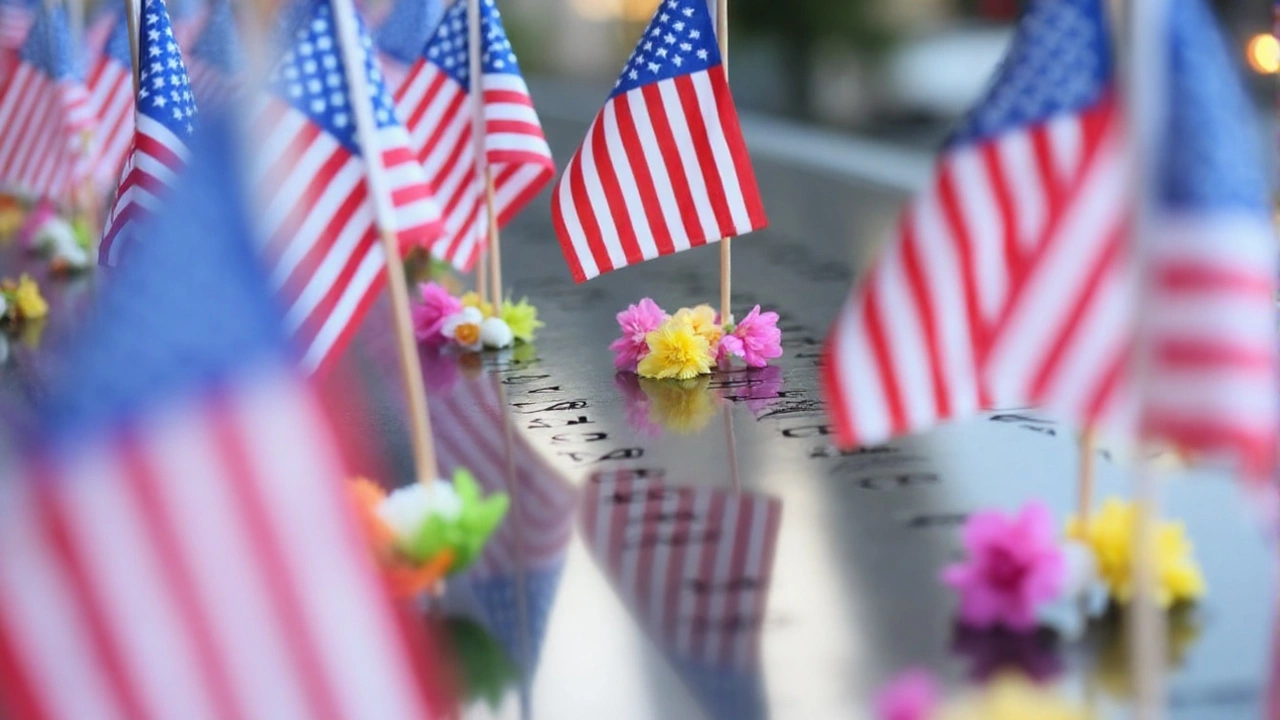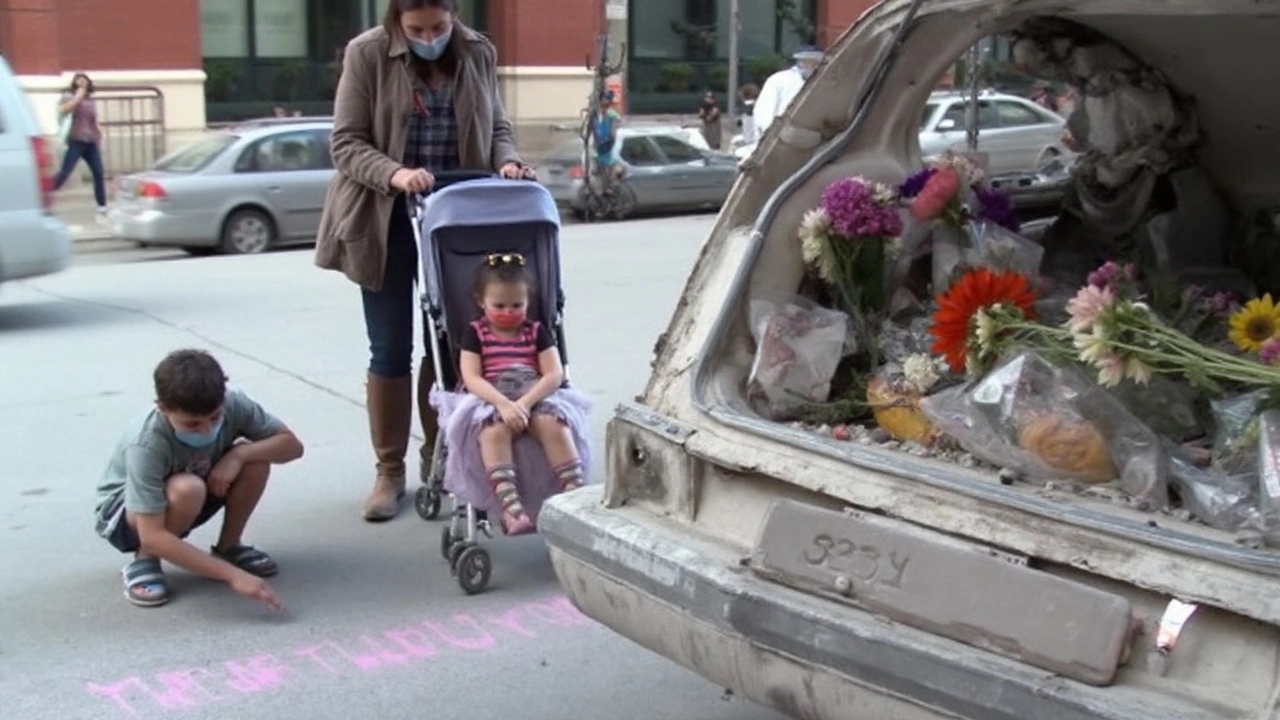NYPL secures a massive trove of raw 9/11 recordings
Hundreds of hours of raw camcorder recordings from September 2001, much of it never shown publicly, will soon live on the shelves and servers of the New York Public Library. The library has acquired the CameraPlanet Archive, a 1,200-hour collection centered on the attacks of September 11 and their aftermath, including more than 500 hours of first-person, week-of-the-attacks material. For researchers, teachers, and families, this is a rare chance to see the city as it was lived—moment by moment—through 9/11 footage that ordinary people shot as events unfolded.
The announcement lands ahead of the attacks’ 24th anniversary in 2025 and marks one of the largest single transfers of raw documentation about that week. The archive was assembled over more than two decades by a husband-and-wife documentary filmmaking team who gathered tapes from across New York and, in some cases, near the Pentagon. While parts of the material appeared in the documentary “7 Days in September,” the vast majority has remained in storage, seen only by a small circle of archivists and editors.
What sets this collection apart is its origin. Much of it was filmed by New Yorkers with consumer camcorders—MiniDV, Hi8, and VHS—long before smartphones and social media turned everyone into a real-time broadcaster. The result is unfiltered, handheld, and sometimes messy, but it captures moments that scripted coverage often misses: the sound of a stranger’s voice off camera, the confusion in a subway station, a quick handshake between exhausted workers.
The footage reaches far beyond the morning of the attacks. It documents the days and weeks after: recovery crews at Ground Zero, wrecked subway tunnels beneath Lower Manhattan, blocks of ash-covered streets, and the small acts that kept neighborhoods going—pet rescues, improvised aid stations, and volunteer lines. It also stretches into the long tail of remembrance, following the design and construction of the 9/11 Memorial and Museum. That continuity, from crisis to commemoration, gives researchers a fuller timeline of how the city responded and rebuilt.
CameraPlanet’s scope also folds in other sources recorded that day: traditional television news cameras, security systems, and footage captured by passersby and residents. The combined view helps cross-check events, timings, and locations—an essential layer for historians, journalists, and families trying to understand the sequence and impact of what happened.

From tapes to public access: how the archive will open
Library officials say the collection will be opened to the public after an extensive cataloging and digitization push, with access expected by 2027. That timeline reflects the sheer amount of work involved. These are hundreds of tapes and files, many on aging formats that require careful handling and specialized playback. Bringing them online, even for viewing inside a reading room, is painstaking.
Turning a sprawling collection into something searchable and usable typically involves several steps:
- Inventory: Identifying each tape or file, its format, condition, and any original labeling.
- Digitization: Capturing high-quality digital copies from fragile analog sources without losing detail.
- Metadata: Describing what’s on each clip—locations, dates, people and objects visible, and key events—so users can find what they need.
- Rights and privacy review: Balancing public interest with sensitivity to victims, survivors, and private citizens who appear on camera.
- Preservation: Storing both the original media and the new digital masters under conditions that protect them for decades to come.
In practice, access will likely roll out in stages. Expect on-site viewing terminals in research spaces first, where librarians can guide use and handle content warnings. Wider online access may follow for portions cleared by rights and privacy review. Not every clip will be available everywhere at once, and some items may remain restricted if they expose private information or show graphic scenes.
Archivists stress the value of making material like this widely viewable because different audiences notice different things. A transit engineer might pause on a damaged tunnel lining that a casual viewer would skip. A historian could map siren patterns to understand response times. A teacher might build a lesson that compares community efforts on different blocks. This kind of crowd attention—guided and documented—often surfaces details that formal cataloging alone misses.
The human side of the archive is unavoidable. Much of the footage shows grief, confusion, and fear, along with everyday acts of care. Public institutions tend to approach this with clear context and content advisories. Expect the library to handle screenings and research requests with guardrails that respect victims, survivors, and first responders, while still preserving the frank record of what people actually witnessed.
For younger audiences, the timing matters. Many students in classrooms today were not yet born in 2001. They know the event through textbooks and memorial dates. Seeing the city’s streets, hearing the ambient noise, and watching the pace of a day unfold offers an understanding that charts and timelines can’t deliver. The archive’s long-span coverage—from the first week to the building of the memorial—also helps connect the immediate shock to the years of planning and construction that followed.
CameraPlanet’s journey into a major public library also raises practical questions that matter to anyone who works with historical video. Analog tapes degrade. Timecodes drift. Notes scribbled on cassette labels don’t always match what’s inside. The move to NYPL pairs the collection with professional preservation labs and infrastructure designed to stabilize aging media and maintain high-resolution masters backed up in multiple locations.
There’s a technical upside too. Once digitized, hours of audio can be transcribed, making the spoken record searchable by name, place, or phrase. Machine learning can help with speech-to-text and scene detection, but it’s not a magic wand. People still need to verify transcripts, correct misheard words, and label visual details—uniform patches, street signs, building numbers—that automated tools miss or misread.
The unseen slice of this archive is large enough to change how the public understands the chronology of that week. We may see new angles on moments already known from broadcast footage, along with events that barely registered at the time: a short-lived detour route, a temporary morgue’s location, or how a particular neighborhood organized food and water for recovery workers. Those bits can reshape timelines, correct myths, and add nuance to the public record.
The archive’s breadth also extends beyond Manhattan. Some videos come from areas near the Pentagon, filling in views and sounds that were not captured by network crews. Taken together, the tapes show parallel responses in two cities under extreme stress—how people moved, how services adapted, and how officials communicated, sometimes improvising minute by minute.
The donors’ role deserves a note. For more than twenty years, they kept collecting, preserving, and stabilizing media as formats changed and equipment got harder to find. That kind of long-haul stewardship is rare outside institutions. By handing the collection to NYPL, they’re shifting it from private care to a public system built to keep it accessible for generations.
None of this diminishes the vast 9/11 record already held by museums, broadcasters, and families. But CameraPlanet adds something specific: the density of first-person views in the days immediately after the attacks, followed by a sustained look at how remembrance took shape in concrete, glass, and steel. It’s one archive that binds shock, response, and memorial into a single throughline.
As the library prepares the collection, watch for practical updates: finding aids that describe each box and tape, public notes on what’s available now and what’s pending review, and pilot programs that invite educators and community groups to test early access. Working with a collection this size is more marathon than sprint. The 2027 target signals a deliberate approach—enough time to do the preservation right, and to design access that’s open, useful, and respectful.
When the doors open, expect a different kind of viewing experience than a finished documentary. These are fragments: a minute of street chatter, a pan across a pier, a subway platform going from crowded to empty in seconds. Add them up and they show how a city moved through a week that changed the world—and how people kept going in the weeks and years after.
